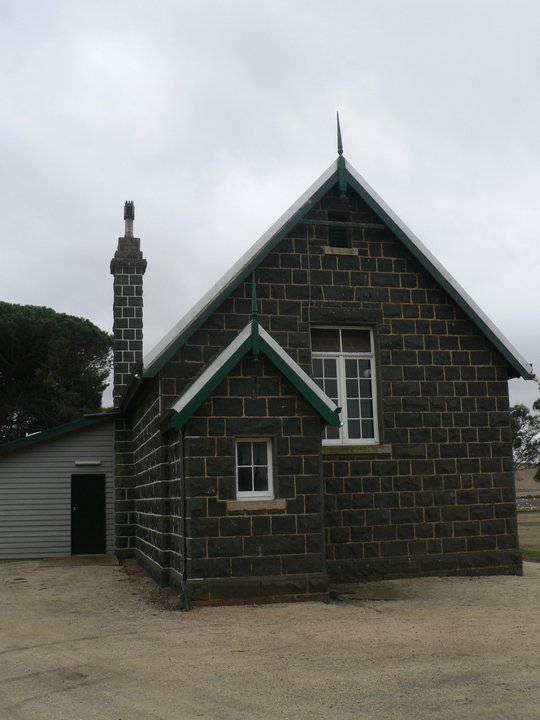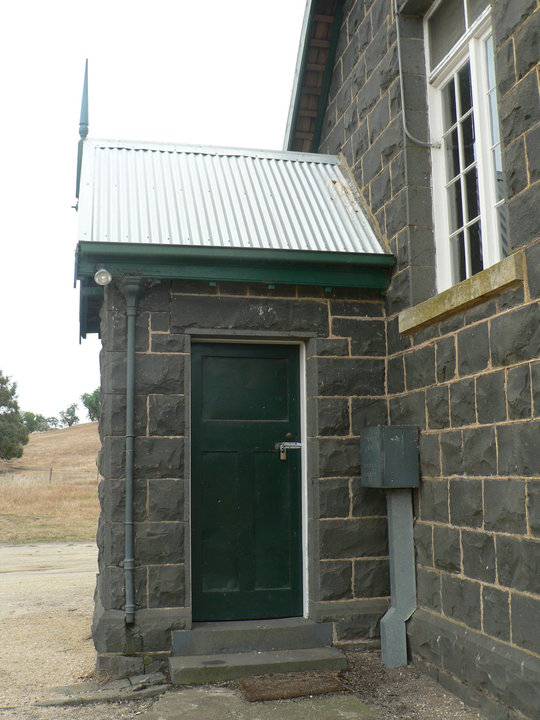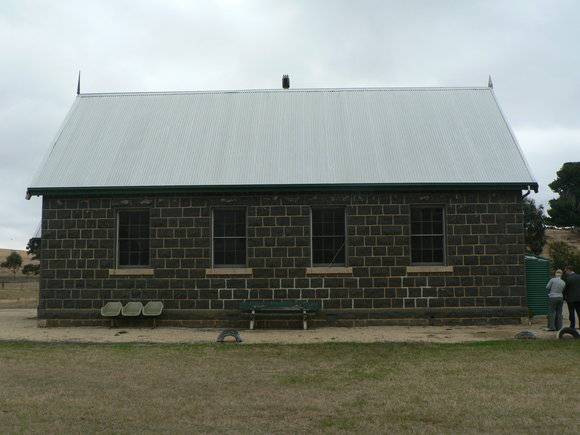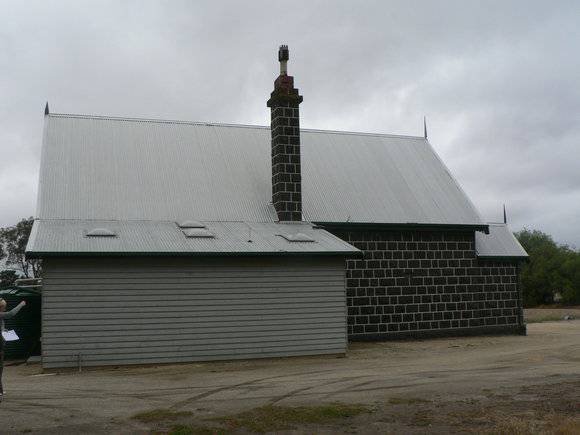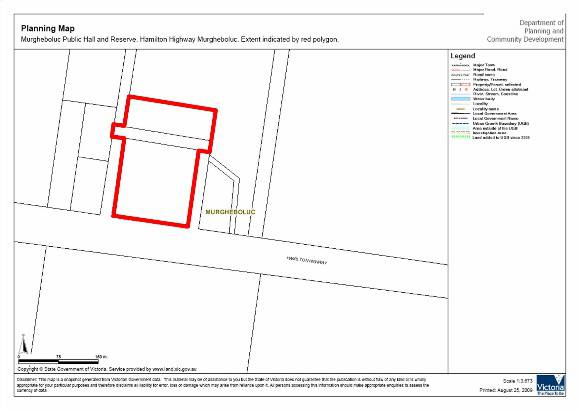| Back to search results » | Back to search page » |
|
Public Hall and Reserve
LocationHamilton Highway MURGHEBOLUC, GOLDEN PLAINS SHIRE LevelIncluded in Heritage Overlay |
|
Statement of Significance
What is Significant? The former State School No 1570, now the Murgheboluc Public Hall and Reserve, Hamilton Highway, Murgheboluc was built in 1874 as a result of the introduction of free, compulsory and secular education under the innovative Victorian Education Act 1872. The design of the building was standard and the use of local materials was typical. The successful contractor was F. Holyoake. The building was completed in 1874 with further improvement by Holyoake completed in 1877. The school superseded the former non-vested School No. 407 which had occupied the nearby St Andrew's Anglican Church. Its head teacher, Charles Tonner became the head teacher in the new school and stayed until 1890. The school's fortunes fluctuated with as many as 100 children in 1879 but, after a time,its opperation reduced to part-time in conjuctionwith theMount Hesse No 1370.It closed in 1934. The building became a public hall and the land became a public recreation reserve in the early 1990s. The place is now managed by a committee of management. The building is largely intact, retains a high degree of integrity and is in excellent condition. The reserve is planted out with traditional trees close to the former school and around the perimeter. How is it Significant? The Public Hall and Reserve, the Former State School No. 1570, Hamilton Highway, Murgheboluc is of historical, social and architectural significance to the Golden Plains Shire. Why is it Significant? The Murgheboluc Public Hall and Reserve is of historical significance as the second of two schools which provided a primary education in the Murgheboluc district. They are of social significance generally as a centre for the community of Murgheboluc but more specifically as an expression of the farsighted push for free, compulsory and secular education of Victoria's children. The school building is of architectural significance as a typical and relatively unchanged example of the standard design for small primary schools at the time.
Group
Community Facilities
Category
Hall Public


